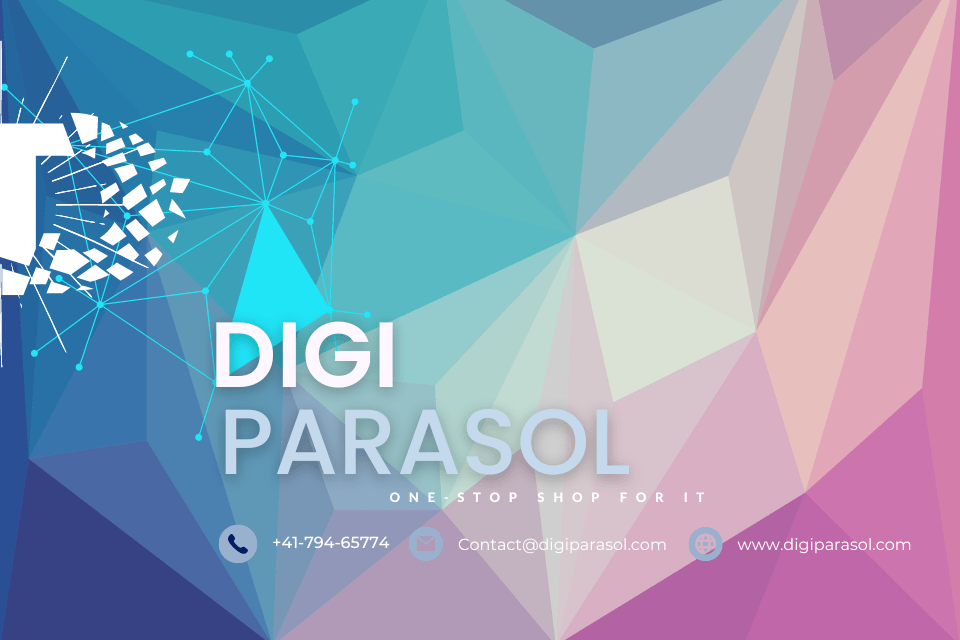Revolutionizing Education with Personalized Learning Paths: A Game-Changer in the Classroom
Education is constantly evolving. With advancements in technology and a greater understanding of how students learn, educators are always looking for new ways to engage and empower their students. One such approach that has gained popularity in recent years is personalized learning paths. This innovative model allows students to take control of their own learning by setting their own pace, choosing their own learning activities, and receiving personalized support from teachers.
In this blog post, we will explore the benefits of revolutionizing education with personalized learning paths, as well as provide tips on how to get started and the essential equipment needed to implement this approach effectively.
Benefits of Personalized Learning Paths
1. Increased Engagement: One of the key benefits of personalized learning paths is that it allows students to take ownership of their learning. This autonomy and agency can lead to increased engagement and motivation, as students are more invested in their education when they have a say in how they learn.
2. Individualized Instruction: Personalized learning paths enable teachers to provide individualized instruction to each student based on their unique strengths, weaknesses, and learning styles. This tailored approach can help students progress at their own pace and reach their full potential.
3. Improved Outcomes: Research has shown that personalized learning can lead to improved academic outcomes for students. By allowing students to focus on areas where they need the most support and providing them with targeted interventions, personalized learning paths can help students achieve better results.
4. Flexibility and Adaptability: Personalized learning paths are flexible and adaptable, allowing students to learn in a way that works best for them. Whether they prefer video tutorials, online simulations, or hands-on activities, students can choose the learning activities that suit their preferences and needs.
5. Lifelong Learning Skills: By using personalized learning paths, students can develop important lifelong learning skills such as self-regulation, time management, and goal setting. These skills are essential for success in school and beyond, helping students become independent and self-directed learners.
Tips on Getting Started
1. Set Clear Goals: Before implementing personalized learning paths in your classroom, it’s essential to set clear goals and objectives. What do you hope to achieve with this approach? How will you measure success? Setting these goals will help guide your implementation and ensure that you are on the right track.
2. Provide Training: It’s vital to provide training and support to both teachers and students when introducing personalized learning paths. Teachers may need guidance on how to create personalized learning plans, use technology effectively, and monitor student progress. Students may need help navigating the system and understanding how to set their own learning goals.
3. Use Technology Wisely: Technology is a crucial component of personalized learning paths, but it’s essential to use it wisely. Choose tools and platforms that align with your goals and objectives, and ensure that they are user-friendly and accessible to all students. It’s also important to provide ongoing technical support to address any issues that may arise.
Essential Equipment
1. Devices: To implement personalized learning paths effectively, you will need devices such as laptops, tablets, or smartphones for students to access digital resources and complete online activities. Make sure that these devices are in good working condition and have internet connectivity.
2. Learning Management System (LMS): A learning management system is a software application that allows teachers to create personalized learning plans, track student progress, and communicate with students and parents. Choose an LMS that is easy to use and meets the needs of your classroom.
3. Digital Resources: To create personalized learning paths, you will need a variety of digital resources such as online textbooks, interactive simulations, video tutorials, and educational games. Make sure that these resources are aligned with your curriculum and offer a range of learning activities to cater to different learning styles.
In conclusion, revolutionizing education with personalized learning paths can be a game-changer in the classroom. By giving students control over their learning, providing individualized instruction, and promoting lifelong learning skills, personalized learning paths can lead to increased engagement, improved outcomes, and a more personalized learning experience for students. By following these tips and equipping yourself with the essential equipment, you can successfully implement personalized learning paths in your classroom and help your students thrive in their education.


